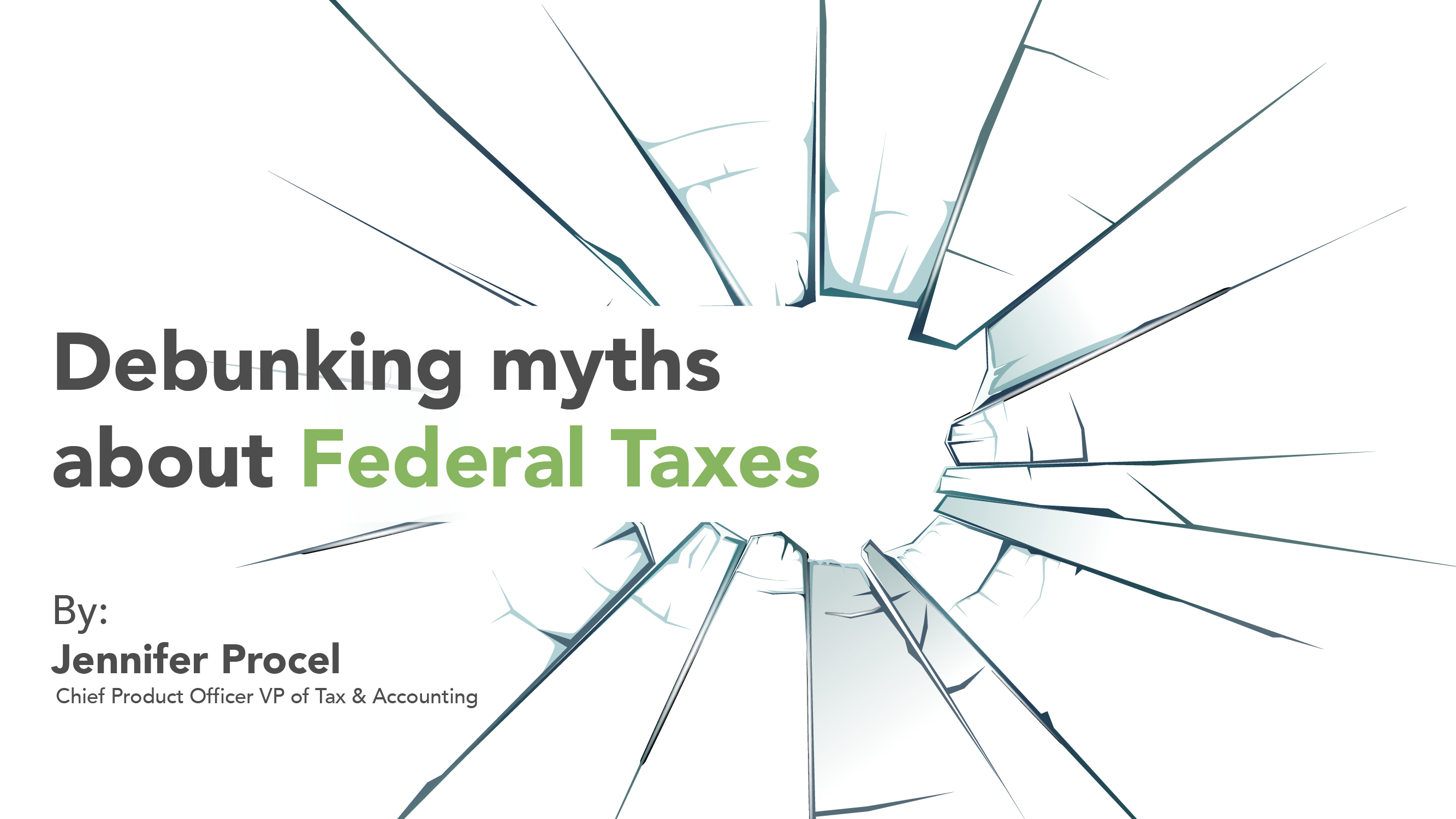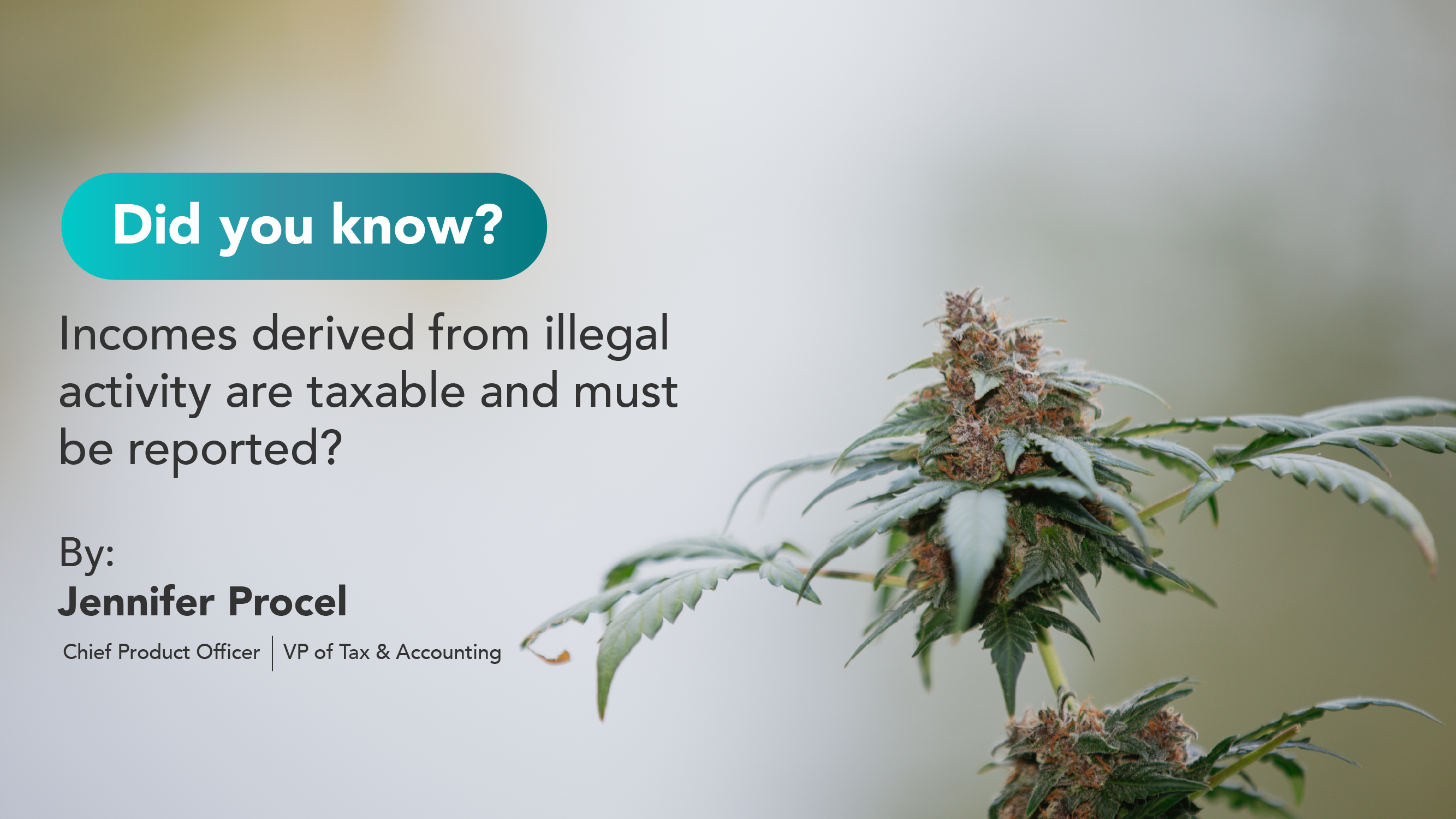With the end of tax season around the corner, there are several common myths that can mislead you and disencourage you to file your taxes. But don’t worry, we just busted those myths out for you.
Myth #1: Filing taxes is voluntary
Although this might easily be the most blatant falsehood on the list, there’s a surprisingly large number of people who contend that because the Form 1040 instruction book describes the tax system as “voluntary,” that means they have no legal obligation to actually file. This is not the case.
The term voluntary refers to the fact that each individual is responsible for determining the correct amount of tax they owe, and has absolutely no relation to whether or not filing taxes is actually an option. It’s not. Unless you have a legitimate dispute, trying to get cute with the IRS and contesting the payment or filing of taxes is always a bad idea.
Myth #2: Money made online is tax free
This myth is just plain false. It’s not hard to see how a rumor like this might have gotten started, since most people doing business online aren’t filling out a W-9 and having their income reported to the IRS. However, in the eyes of the IRS, income earned online is no different than offline. Regardless of the medium, if you sell a product or service and end up making more than $400, you’re required to declare that income on your tax returns.
Myth #3: Home office deductions = instant audit
There was a time when this myth was actually pretty close to truth. However, with home offices becoming increasingly prevalent, this one-time fact has become predominantly fiction. Although claiming a home office does increase scrutiny, they’ve become common enough that there’s no need to be afraid of claiming a legit deduction.
Myth #4: Calling the IRS, tax software provider, or a tax professional will provide a more accurate refund date
Many people think talking to the IRS, tax software provider or their tax professional is the best way to find out when they will get their refund. The best way to check the status of a refund is online through the Where’s My Refund?
Myth #5: Ordering a tax transcript is a secret way to get a refund date
Doing so will not help taxpayers find out when they will get their refund. Where’s My Refund? tells the taxpayer their tax return has been received and if the IRS has approved or sent the refund.
Myth #6: Where’s My Refund? must be wrong because there’s no deposit date yet
Updates to Where’s My Refund? on both IRS.gov and the IRS2Go mobile app are made once a day, usually overnight. Even though the IRS issues most refunds within 21 days, it’s possible a refund may take longer. If the IRS needs more information to process a tax return, the agency will contact the taxpayer by mail. Taxpayers should also consider the time it takes for the banks to post the refund to the taxpayer’s account. People waiting for a refund in the mail should plan for the time it takes a check to arrive.
Myth #7: I don’t have time to do my own taxes
Having already covered the fact that taxes aren’t voluntary, there shouldn’t be any question about whether or not you’re going to file. There are numerous options available that make you feel unsafe and confused on how to file your taxes. But only with IOOGO you can file your taxes easier than ever and leave old tax preparation methods behind. Don’t let your taxes get you down, sort them out quickly and easily with the help of our tax experts.





